How To Calibrate A Blue Tees Rangefinder ?
To calibrate a Blue Tees rangefinder, follow these steps:
1. Start by ensuring that the rangefinder is fully charged or has fresh batteries.
2. Find a known distance target, such as a flagstick on a golf course, that is at a distance you can accurately measure.
3. Stand at the known distance from the target and aim the rangefinder at it.
4. Press the power button to activate the rangefinder and wait for it to lock onto the target.
5. Once the distance is displayed, compare it to the known distance. If there is a significant difference, you may need to calibrate the rangefinder.
6. Consult the user manual or manufacturer's instructions for specific calibration steps for your Blue Tees rangefinder model.
7. Follow the calibration instructions carefully, which may involve adjusting settings or using specific buttons or functions on the rangefinder.
8. After completing the calibration process, repeat step 4 to ensure that the displayed distance matches the known distance accurately.
9. If the calibration is successful, your Blue Tees rangefinder should now provide accurate distance measurements.
Note: It is important to refer to the specific instructions provided by Blue Tees for your rangefinder model, as the calibration process may vary.
1、 Understanding the Blue Tees Rangefinder's Calibration Process
Understanding the Blue Tees Rangefinder's Calibration Process
Calibrating a Blue Tees rangefinder is a crucial step to ensure accurate distance measurements on the golf course. Calibration is necessary to account for any variations or inaccuracies that may occur over time. Here is a step-by-step guide on how to calibrate a Blue Tees rangefinder:
1. Start by locating the calibration button or feature on your Blue Tees rangefinder. This button is usually found on the side or bottom of the device.
2. Turn on the rangefinder and aim it at a target with a known distance. This could be a flagstick on the golf course or any other object with a known distance.
3. Press and hold the calibration button until the rangefinder enters calibration mode. This mode may be indicated by a specific display or a series of beeps.
4. Once in calibration mode, the rangefinder will prompt you to enter the known distance of the target. Use the buttons or controls on the device to input the correct distance.
5. After entering the known distance, the rangefinder will automatically adjust its internal settings to ensure accurate measurements.
6. Repeat this process with multiple targets at different distances to ensure the calibration is accurate across various ranges.
It is important to note that the specific calibration process may vary slightly depending on the model of the Blue Tees rangefinder you are using. Therefore, it is always recommended to consult the user manual or contact the manufacturer for detailed instructions.
In recent years, Blue Tees rangefinders have incorporated advanced technologies such as laser technology and GPS integration to enhance accuracy and ease of use. These advancements have made the calibration process more efficient and user-friendly. Some models even offer automatic calibration, where the rangefinder adjusts itself based on GPS data or other built-in features.
Regular calibration is essential to maintain the accuracy of your Blue Tees rangefinder. It is recommended to calibrate the device at the beginning of each golf season or whenever you notice any inconsistencies in the distance measurements. By following the proper calibration process, you can ensure that your Blue Tees rangefinder provides reliable and precise distance readings on the golf course.
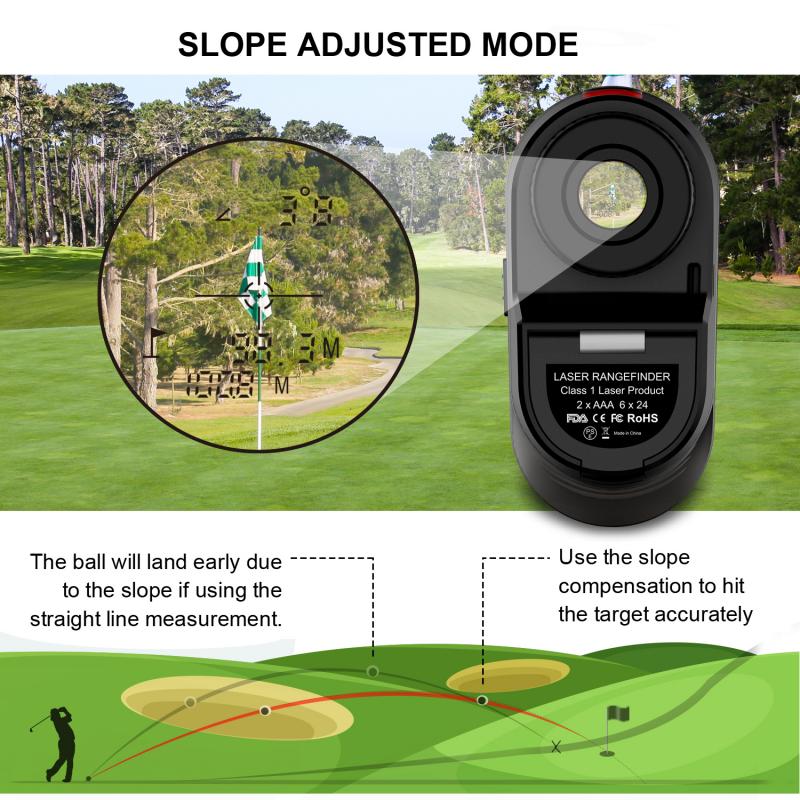
2、 Adjusting the Focus and Clarity Settings on the Rangefinder
To calibrate a Blue Tees rangefinder, you can follow a few simple steps to ensure accurate distance measurements. One important aspect of calibration is adjusting the focus and clarity settings on the rangefinder.
First, locate the focus ring on the eyepiece of the rangefinder. This ring allows you to adjust the focus of the internal optics. Look through the rangefinder and slowly rotate the focus ring until the target image appears sharp and clear. It is essential to calibrate the focus to ensure accurate distance readings.
Next, check the clarity settings on the rangefinder. Some models may have adjustable settings for brightness, contrast, or image sharpness. Refer to the user manual or manufacturer's instructions to determine if your rangefinder has these options. Adjust the settings according to your preference and the environmental conditions in which you will be using the rangefinder.
It is worth noting that the latest Blue Tees rangefinder models often come with advanced features like auto-focus or image stabilization. These features can greatly enhance the accuracy and ease of use. If your rangefinder has these capabilities, make sure to familiarize yourself with the specific instructions provided by the manufacturer to optimize their performance.
Remember to periodically check and recalibrate your rangefinder to maintain accurate measurements. Factors such as temperature, humidity, and general wear and tear can affect the calibration over time. By regularly adjusting the focus and clarity settings, you can ensure that your Blue Tees rangefinder provides reliable distance readings for your golf game or other outdoor activities.
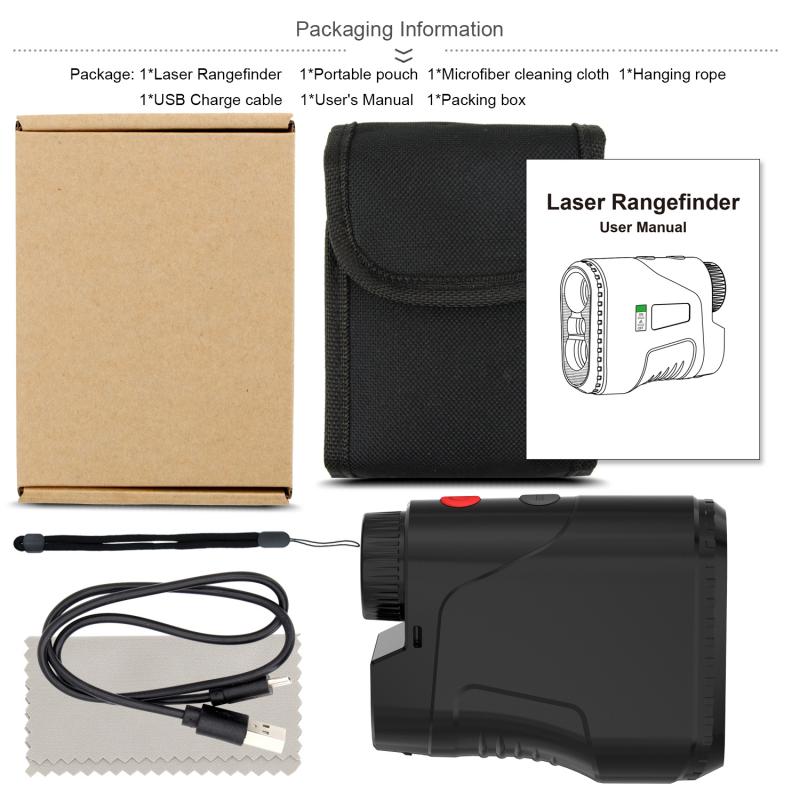
3、 Calibrating the Distance Measurement Accuracy of the Rangefinder
Calibrating the Distance Measurement Accuracy of the Rangefinder
To ensure accurate distance measurements with your Blue Tees rangefinder, it is important to calibrate the device properly. Calibration helps to eliminate any potential errors or discrepancies in the distance readings, ensuring reliable and precise measurements on the golf course. Here is a step-by-step guide on how to calibrate a Blue Tees rangefinder:
1. Start by finding a known distance marker on the golf course. This could be a yardage marker or a physical object with a known distance, such as a flagstick.
2. Stand at the known distance marker and aim the rangefinder at the target. Make sure you have a clear line of sight and that there are no obstructions between you and the target.
3. Press the power button on the rangefinder to activate it. Look through the viewfinder and align the crosshairs with the target.
4. Once the target is in focus, press the measurement button to obtain the distance reading. Take note of the displayed distance.
5. Compare the rangefinder's reading with the known distance. If there is a significant difference, you may need to adjust the calibration settings.
6. Some Blue Tees rangefinders have a calibration feature that allows you to manually adjust the distance readings. Refer to the user manual or contact the manufacturer for specific instructions on how to access and adjust the calibration settings.
7. Follow the manufacturer's instructions to make the necessary adjustments. This may involve entering a correction factor or adjusting the rangefinder's internal settings.
8. After making the calibration adjustments, repeat the process by aiming the rangefinder at the known distance marker and obtaining a new distance reading. Compare the new reading with the known distance to ensure accuracy.
It is important to note that the calibration process may vary slightly depending on the specific model of Blue Tees rangefinder you are using. Always refer to the user manual or contact the manufacturer for detailed instructions and the latest information on calibrating your specific device.
By regularly calibrating your Blue Tees rangefinder, you can ensure that your distance measurements are accurate and reliable, helping you make more informed decisions on the golf course.
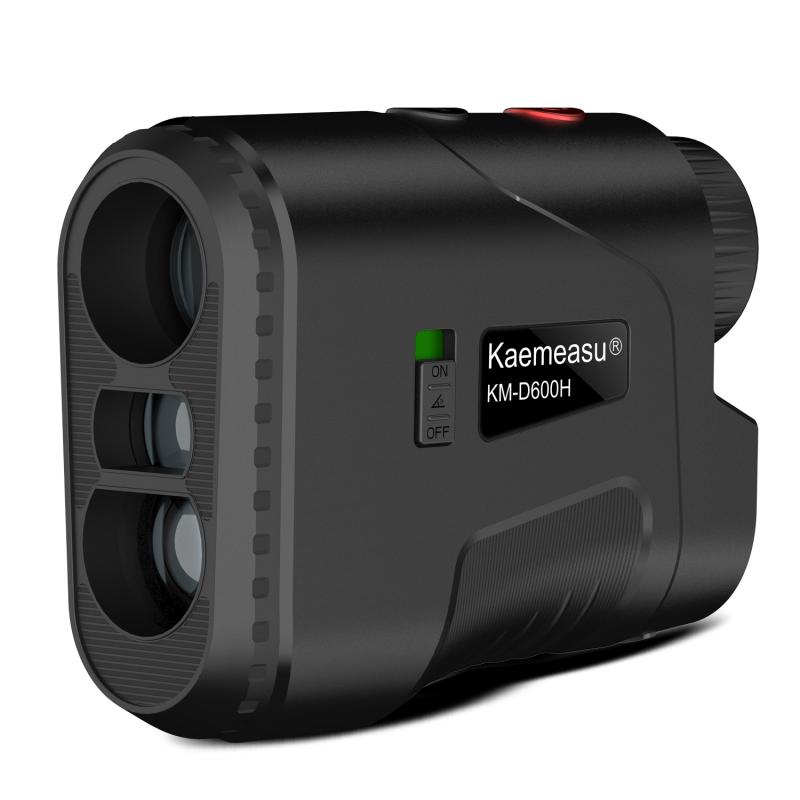
4、 Fine-tuning the Target Acquisition and Lock-On Features
To calibrate a Blue Tees rangefinder, you can follow a few simple steps to ensure accurate measurements and optimal performance. The process involves fine-tuning the target acquisition and lock-on features. Here's how you can do it:
1. Start by selecting a target at a known distance. It could be a flagstick on a golf course or any other object with a known distance marker.
2. Stand at a reasonable distance from the target, ensuring that it is within the rangefinder's range capabilities.
3. Aim the rangefinder at the target and press the power button to activate it. Look through the viewfinder and align the crosshairs with the target.
4. Press the "Mode" or "Calibrate" button on the rangefinder. This will initiate the calibration process.
5. The rangefinder will emit a laser beam towards the target, and the device will calculate the distance based on the time it takes for the laser to bounce back. The rangefinder will display the measured distance on the screen.
6. Compare the measured distance with the known distance of the target. If there is a significant difference, you may need to adjust the rangefinder's settings.
7. Some Blue Tees rangefinders offer adjustable settings for target acquisition and lock-on features. Use the device's menu or settings options to fine-tune these features. This will help improve accuracy and ensure the rangefinder locks onto the target more effectively.
8. Repeat the calibration process with different targets at various distances to ensure consistent and accurate measurements.
It's important to note that the specific steps and features may vary depending on the model of the Blue Tees rangefinder you are using. Therefore, it is always recommended to consult the user manual for detailed instructions specific to your device.
In conclusion, calibrating a Blue Tees rangefinder involves fine-tuning the target acquisition and lock-on features. By following the steps mentioned above and adjusting the settings as necessary, you can ensure accurate measurements and enhance the performance of your rangefinder.
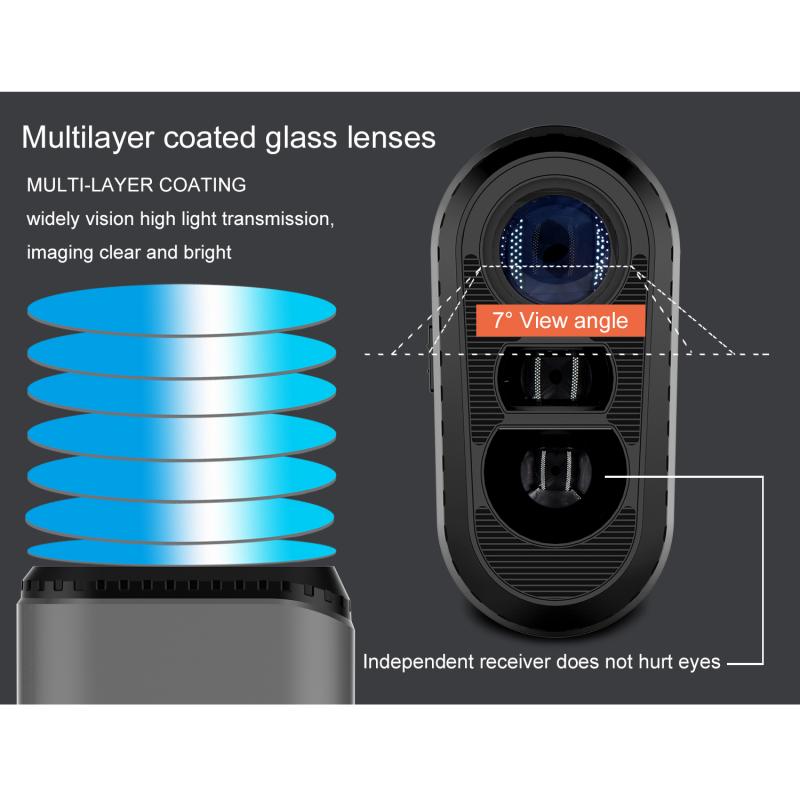

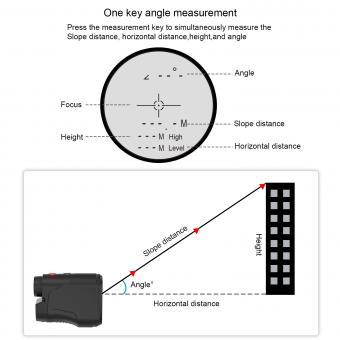

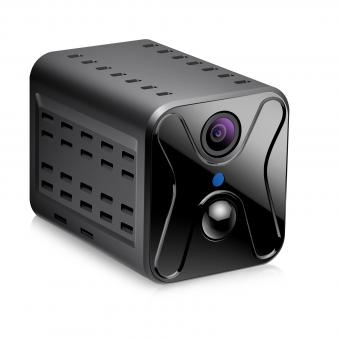





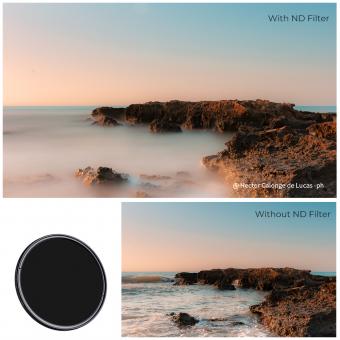


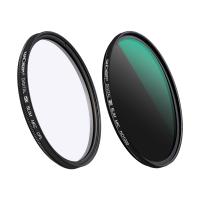


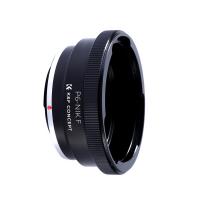


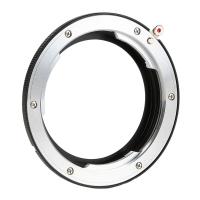
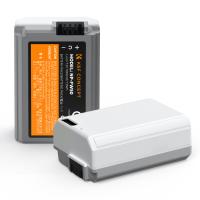



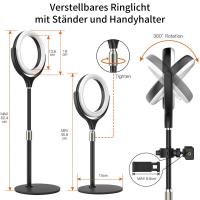




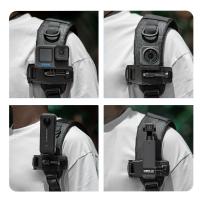
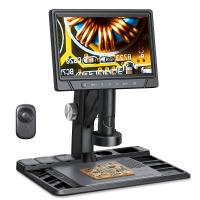

There are no comments for this blog.